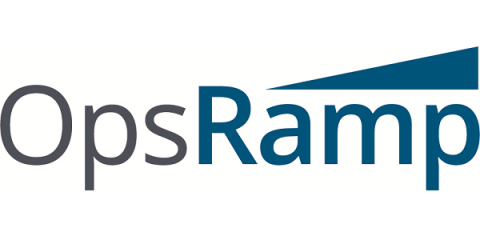Sponsored Post
What's new in Avantra 24.2
It's my pleasure to announce the release of Avantra 24.2. The second update of Avantra 24, building upon 24.1 which brought performance and customer requested bug fixes, 24.2 brings new innovations and enhancements to our Avantra platform. With over 300 changes in our development management system, Avantra 24.2 feels like a major release to us and we have something new everywhere you look. Let's dive deeper into the new features.











